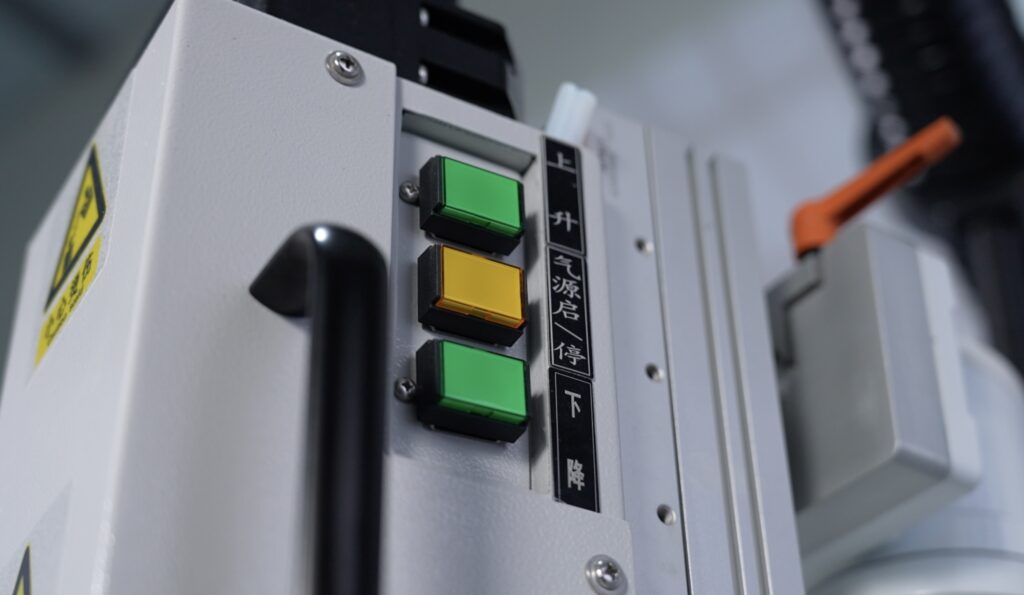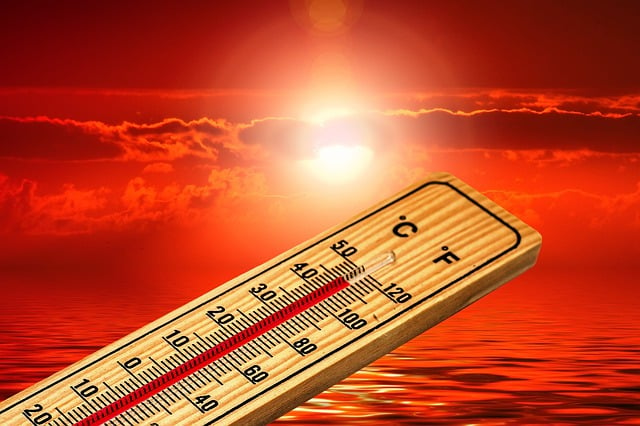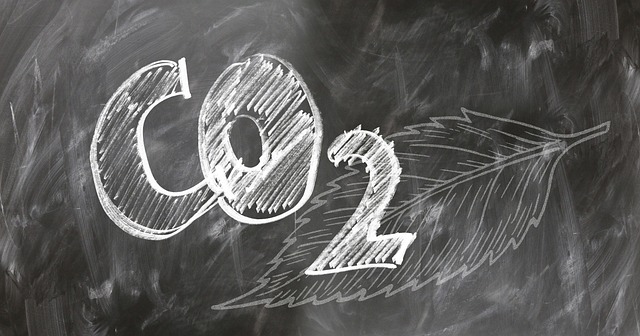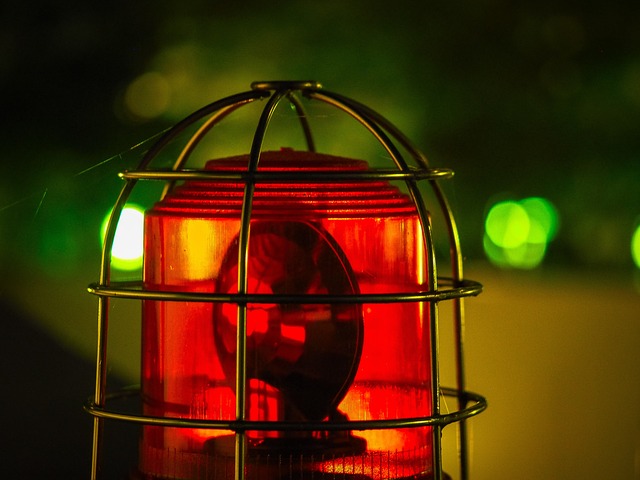How to Improve Chiller Energy Efficiency in Summer
As summer temperatures rise, the cooling capacity of the chiller will also be affected. To help you take appropriate measures to improve its performance and reduce energy consumption, we wrote this article.

The summer sun is strong. If the chiller is in an unshaded outdoor environment for a long time, the strong direct sunlight will cause the surface temperature of the shell to rise rapidly and transfer the temperature to the condenser, electrical control box, compressor and other components.
Then there will be problems such as increased condensing pressure, decreased refrigeration efficiency, aging of seals and insulation, failure of the electrical control system, and increased energy consumption. Not only will it trigger a safety protection shutdown, it will also shorten the service life of the cooling system.
Chillers placed outdoors should use UV-resistant powder coatings that are corrosion-resistant and sun-resistant, and awnings should be installed to avoid direct sunlight. When installing a chiller, avoid installing the equipment in areas that are prone to heat reflection, such as white walls, glass curtain walls, and metal plates, to prevent secondary heating of the equipment.
The condenser helps cool the refrigerant in the refrigeration system. If its heat exchange efficiency decreases, the chiller will experience an increase in condensing temperature, a high-pressure alarm, or even an overheating shutdown of the compressor. Air-cooled chillers use fans to speed up air flow to improve heat exchange efficiency.
The fan and condenser fins are easily dusted when exposed to the air for a long time, and the filter screen will also be blocked by lint and hair, affecting the heat exchange effect. Water-cooled chillers use cooling water for heat exchange. If there are impurities in the cooling water, the inside of the pipe will scale or clog. Therefore, it is necessary to regularly clean the condenser, fan, and filter of the chiller and check the cooling water quality.
Before cleaning the condenser, make sure the device is powered off. You can use high-pressure air or a vacuum cleaner to remove dust from the surface of the condenser. If the dust is thick, you can use a low-pressure water gun to rinse from the back of the fin to prevent the dust from being pressed into the fin. Do not use a hard brush, which will scratch the fins. If there are stubborn stains on the water-cooled condenser, you can use chemical cleaning fluid, but this requires professionals.

Controllare il refrigerante
If the refrigerante pressure is high, leaking, excessive or insufficient, it will affect the cooling capacity and system stability of the chiller. High pressure is generally caused by high ambient temperature, poor heat dissipation of the condenser, and overcharging. Long-term high-pressure operation will aggravate compressor wear. Low refrigerant level or blockage of throttling components will cause low pressure and ice on the evaporator. Air or moisture mixed in the refrigerant will corrode the pipeline.
Taking the R22 chiller as an example, when running at high load in summer, the high pressure should be controlled at 12-18 bar and the low pressure should be 3-5 bar. Different refrigerants have different pressure ranges, and it is necessary to refer to the chiller manufacturer’s manual for judgment. Check the state of the refrigerant through the liquid level observation window to confirm whether there are no bubbles, no abnormal color, and the liquid level is normal.
Many people mistakenly believe that the poor cooling effect of the chiller in summer is due to lack of refrigerant, but in fact 90% of the problems are related to heat dissipation. It should be judged in combination with pressure, temperature, and running time, and do not add it at will.
Good ventilation
The chiller will continue to release heat during operation. Air-cooled equipment relies on air to take away the heat of the refrigerant in the condenser. If there are debris piled near the air inlet or the air outlet is poorly ventilated, hot air will continue to accumulate around the equipment, affecting the heat exchange of the condenser and causing the operating temperature of the equipment to rise.
Problems such as abnormal pressure, low cooling efficiency, increased energy consumption, frequent alarms and shutdowns may occur. Many people mistakenly believe that the stronger the wind, the better. In fact, if the wind direction is unstable and the air flow is turbulent, it will cause the air-cooled chiller to repeatedly inhale and exhaust hot air, forming a heat cycle.
The correct approach is to leave at least 1 meter of air inlet and outlet space around the equipment. Do not place the equipment too close to the wall or other equipment to prevent the air outlet from facing obstacles or hot air from being inhaled by adjacent equipment. Try to avoid installing the chiller in closed spaces such as basements and narrow passages. If the equipment must be placed indoors, an exhaust fan or hot air diversion duct should be installed to guide the hot air to the outdoors.


Monitoring alarm records
The chiller with built-in abnormal alarm function can automatically shut down and issue an alarm when an abnormality is detected. This is the self-protection mechanism of the system and also an early warning to help you discover potential faults. If you ignore the alarm information and reset it directly, the equipment may shut down frequently or even be damaged in a short period of time.
After the chiller alarms, the cause of the fault should be determined by the alarm frequency, type, time and fault code, and the shutdown inspection and maintenance should be arranged in time. High pressure and high temperature alarms are easily triggered in summer. It is recommended to check the operation records every day and deal with abnormalities in time.
Avoid frequent start and stop
Every time it is started, the compressor will instantly go from static to high-speed operation. When there are too many starts in a short period of time, the lubricating oil may not be evenly distributed, resulting in serious wear of bearings, pistons, rotors and other parts. The starting current of the compressor is usually 5 to 7 times the rated current. Frequent starting will bring impact to the power grid and may also trigger current protection and cause tripping. The temperature fluctuations caused by frequent starting and stopping will affect the stability of production and increase power consumption.
Do not let the chiller run at full load for a long time. It is recommended to reserve 10~20% of the cooling space when selecting the model so that the equipment can adapt to high temperatures or load fluctuations in summer. If your application load fluctuates greatly, a VFD chiller that supports soft start or variable frequency start is suitable for you. It can reduce the starting current and protect the compressor.

Conclusione
A chiller that can run stably in summer can bring you a better temperature control experience. I hope the above suggestions can help you. LNEYA has many years of experience in industrial refrigeration. Its product line includes air-cooled chillers, water-cooled chillers, chiller heater combo, industrial freezer and environmental test chambers. No matter which industry you come from, we can customize a reliable cooling system according to your needs.
Raffreddatori correlati
CONTATTO
TEL:TELEMATICO
EMAIL: EMAIL: EMAIL: EMAIL: EMAIL: EMAIL: EMAIL
WeChat e WhatsApp:

Wechat QR

Hai una domanda o hai bisogno di un preventivo? Compila il modulo qui sotto e il nostro team ti risponderà entro 24 ore.
 Refrigeratori industriali LNEYA Produttore Fornitore
Refrigeratori industriali LNEYA Produttore Fornitore














